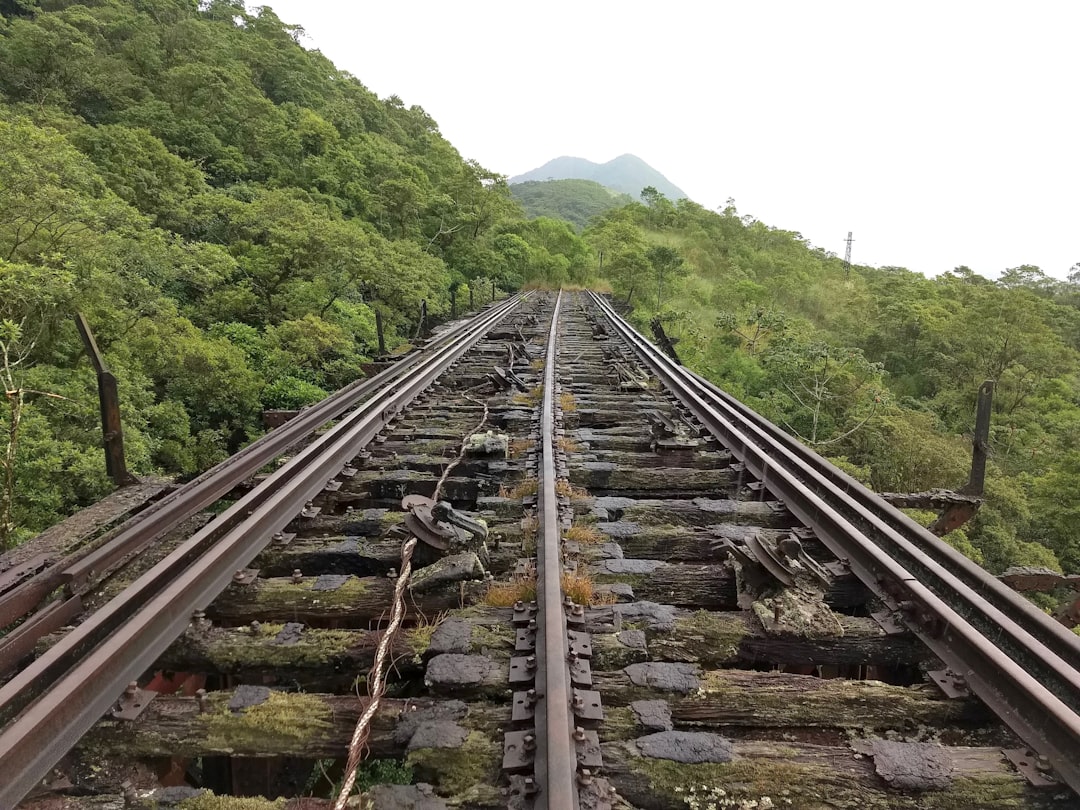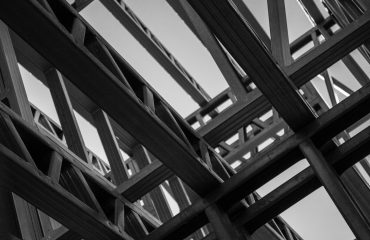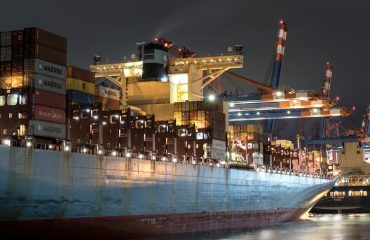Railways, the arteries of global transportation, rely heavily on a single, robust material: steel. From the tracks that guide trains to the towering bridges that span valleys and rivers, steel forms the very backbone of this vital infrastructure. This post delves into the multifaceted role of steel in railway systems, exploring its various applications, the different types of steel used, and the ongoing innovations shaping its future.
1. Steel Rails: The Foundation of Railway Tracks
The most visible application of steel in railway infrastructure is, undoubtedly, the rails themselves. These long, continuous steel beams provide the guiding surface for train wheels, bearing immense weight and enduring constant friction and impact. The strength and durability of the rails are paramount to ensuring safe and efficient train operations. Different steel grades are used depending on the anticipated load, speed, and environmental conditions. High-carbon steel rails are commonly used for high-speed lines due to their superior strength and wear resistance. These rails undergo rigorous quality control processes to meet stringent safety standards. Furthermore, advancements in steel metallurgy have led to the development of advanced rail profiles designed to optimize weight distribution and reduce wear, contributing to increased lifespan and reduced maintenance costs.
2. Steel Bridges: Spanning the Gaps
Railway lines often traverse challenging terrains, requiring the construction of bridges to overcome obstacles like rivers, valleys, and roadways. Steel, with its high tensile strength and versatility, is the preferred material for constructing these crucial structures. Steel bridges can be designed in various configurations, from simple beam bridges to complex arch and suspension bridges, depending on the span length and load requirements. The design and fabrication of steel railway bridges involve sophisticated engineering calculations to ensure structural integrity and safety. Welding and bolting techniques play a crucial role in connecting steel components to create robust and durable structures. Regular inspections and maintenance are vital to ensure the longevity and safety of steel railway bridges, with advanced non-destructive testing methods employed to detect potential flaws early on.
3. Steel in Rolling Stock: Building Safe and Efficient Trains
Beyond the infrastructure, steel plays a critical role in the construction of rolling stock – the trains themselves. The chassis, bogies (wheelsets), and car bodies of trains are predominantly made from steel, providing the structural integrity and safety necessary to transport passengers and freight. High-strength low-alloy steels (HSLA) are often employed in train construction due to their excellent combination of strength, weldability, and formability. These steels allow for lighter yet stronger train carriages, leading to improved fuel efficiency and reduced operational costs. Furthermore, advancements in steel technology have enabled the incorporation of advanced safety features, such as crash-resistant designs and enhanced protection for passengers.
4. Steel in Railway Signaling and Safety Systems
The safe and efficient operation of railways relies heavily on sophisticated signaling and safety systems. Steel plays a supporting role here too, forming the structural components of signal masts, switch mechanisms, and other safety-critical equipment. The strength and durability of steel are crucial for ensuring the reliable operation of these systems, even under harsh environmental conditions. The precise fabrication and installation of steel components in signaling systems are essential for preventing accidents and ensuring the smooth flow of train traffic. Corrosion resistance is also a key consideration, with protective coatings and galvanization frequently used to extend the lifespan of steel components in outdoor environments.
5. The Future of Steel in Railway Infrastructure: Sustainability and Innovation
The railway industry is increasingly focused on sustainability and environmental responsibility. In the context of steel, this translates into research and development efforts focused on reducing the carbon footprint of steel production and improving the recyclability of steel components. The use of recycled steel in railway infrastructure is becoming increasingly common, contributing to a circular economy approach. Furthermore, innovative steel alloys and manufacturing techniques are being developed to further enhance the strength, durability, and lifespan of steel components, minimizing the need for replacement and reducing waste. The integration of smart sensors and monitoring technologies within steel structures allows for real-time assessment of structural health, enabling proactive maintenance and preventing potential failures.
In conclusion, steel’s crucial role in railway infrastructure is undeniable. Its strength, durability, versatility, and recyclability make it an indispensable material for building and maintaining safe, efficient, and sustainable railway networks. Continuous innovation in steel technology will undoubtedly shape the future of railway infrastructure, ensuring the ongoing success of this vital mode of transportation.
SEO Keywords:
Steel railway, railway infrastructure, steel in transportation, railway steel bridges, high-strength steel




